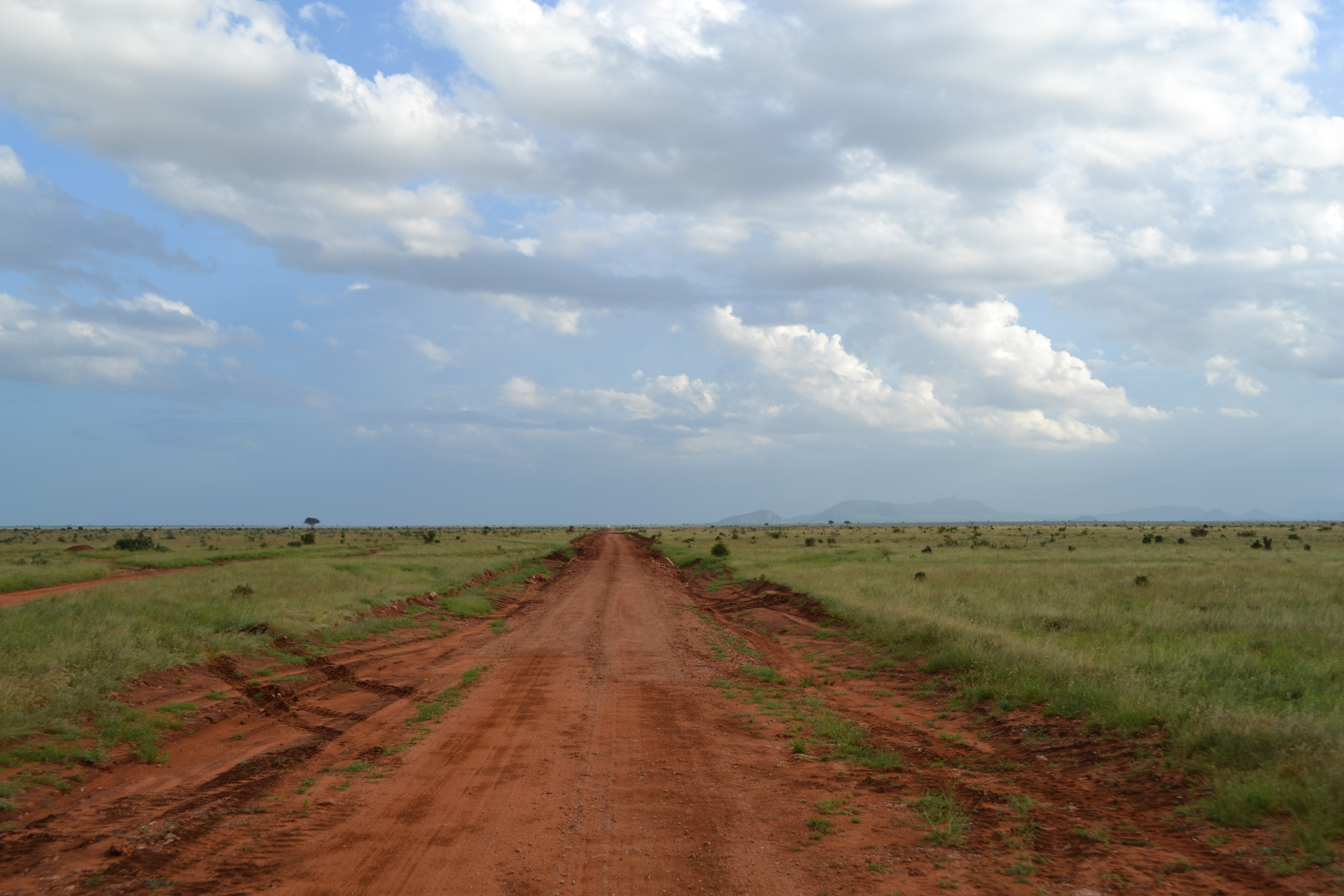
The parable of the barren fig tree has an immense amount of cultural influence and perspective in its content. This parable, though it is short, contains the biblical story wrapped up in a few words. The biblical story can be seen through this parable and the nation of Jerusalem is at the epicenter of all the action. Let’s dive into this parable to see the meaning and significance it holds.
This parable cannot be interpreted correctly unless we look and discover the context of Jesus’ words. This parable takes place in Luke 13:6-9. The context can be found starting with the beginning of the chapter. Here is a link to the parable and then we will discuss it: Luke 13:1-9.
Now that we have looked at the parable in its context, let’s go over why Jesus gives this parable and what led up to it. As far as we know from the story Luke gives us, Jesus is still with the crowd he has been with since chapter 12. Some brought up a story about some Galileans who had suffered at the hands of Pilate. Jesus then corrects these folks and tells them that these Galileans were no worse sinners than anyone else. Then Jesus references an event about the tower of Siloam and says that these were no more guilty than anyone else in Jerusalem. Jesus then gives the crowd a warning: “But unless you repent, you too will all perish.” Jesus warns them that they will meet the same fate as these others who suffered for their sins. Then he gives the parable.
The parable is quite simple in nature. There is a man who had a vineyard and he planted a fig tree in it. He goes to look for figs on the tree but finds nothing. He then tells his caretaker of the vineyard that he is tired of coming to this tree and finding no fruit on it and that he should cut it down because it is wasting good soil. The caretaker pleads with the man to leave it alone for one more year. The caretaker will fertilize it and take extra care of it. If it gives fruit, it stays. If not, then it could be cut down. The moral of the story is one more chance. The tree has one more chance. The question now is, “What does the fig tree represent?”
The fig tree most prominently represents Jerusalem and the Jewish nation. Jesus has already given them the sign of Jonah, to be on guard against the Pharisees, to be watchful, and to notice the times that are approaching and interpret them. Jesus even references Jerusalem when describing the events of the tower in Siloam (v.4). We cannot speak about this fig tree parable without referencing the other fig tree incident described in Mark 11. Mark 11:12-26 describes Jesus coming into Jerusalem, leaving Jerusalem, and then cursing a fig tree with no leaves on it. Sound familiar? The fig tree withers and Jesus says to have faith in God so that they could say to “this” mountain to be thrown into the sea. The “mountain” in this case is Jerusalem, as Jerusalem sits on a mountain. Jerusalem has been compared to a fig tree even in the Hebrew prophets (Hosea 9:10, Amos 8:2). Jerusalem is like a fig tree that is bearing no fruit. Therefore, it must be cut down as Jesus describes in Matthew 24. Judgement is coming to Jerusalem, but they have been given one more chance to repent and that chance is Jesus.
Jerusalem needed to repent as we need to repent. Jesus is our answer. Jesus is the only answer as he is “the way and the truth and the life” (John 14:6). We were lost in sin but now we have been given the chance of new life through the Messiah. The question is, “Will you take the offer given to you?”. Jesus was offering the kingdom to the crowd and he is offering the kingdom to us now. Acts 4:12 declares that “salvation is found in no one else.” Jesus is our answer and to accept salvation we must accept Jesus.
